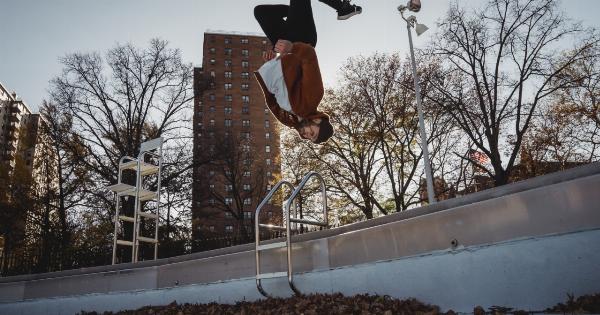Chronic pancreatitis is a debilitating condition that affects the pancreas, causing inflammation and long-term damage. It leads to severe abdominal pain, digestive issues, and other complications.
While there is no cure for chronic pancreatitis, surgery can play a crucial role in managing the symptoms and improving the quality of life for affected individuals.
Understanding Chronic Pancreatitis
Chronic pancreatitis is characterized by the inflammation and scarring of the pancreas over a prolonged period.
It is often a result of long-term alcohol abuse, though other factors such as genetics, cystic fibrosis, or autoimmune conditions can also contribute. The persistent inflammation leads to the destruction of pancreatic tissues and affects the normal function of the organ.
The Role of Surgery in Chronic Pancreatitis
Surgery becomes an option for individuals with chronic pancreatitis when conservative treatments fail to provide relief or manage the complications effectively.
While surgery is not a cure, it can help improve quality of life and alleviate some of the debilitating symptoms.
1. Removal of the Gallbladder
In some cases of chronic pancreatitis, gallstones or gallbladder issues can worsen the symptoms. Removing the gallbladder, known as a cholecystectomy, can help reduce the incidence of gallstone-related complications and ease the burden on the pancreas.
2. Pancreaticoduodenectomy (Whipple Procedure)
For individuals with chronic pancreatitis affecting the head of the pancreas, a pancreaticoduodenectomy may be recommended.
This complex surgery involves removing the head of the pancreas, part of the small intestine, the gallbladder, and the bile ducts. It can alleviate pain and improve digestion for some patients.
3. Total Pancreatectomy with Islet Autotransplantation
In severe cases of chronic pancreatitis, when pain management and other treatments no longer provide relief, a total pancreatectomy with islet autotransplantation (TP-IAT) may be considered.
This procedure involves the removal of the entire pancreas, followed by the isolation and transplantation of the insulin-producing cells (islets) back into the liver. While this surgery results in diabetes, it can provide pain relief and prevent additional complications.
4. Drainage Procedures
When chronic pancreatitis leads to the formation of pseudocysts or fluid collections, drainage procedures may be necessary. This can involve the placement of tubes or stents to help drain the fluid and alleviate symptoms.
The approach may vary depending on the location and characteristics of the cysts.
5. Frey Procedure
The Frey procedure is a surgical technique that aims to address both pain relief and improved digestion. It involves removing a portion of the pancreas while preserving the healthy parts.
The remaining pancreas is then connected to the small intestine to facilitate the flow of digestive enzymes.
6. Longitudinal Pancreaticojejunostomy
Also known as Puestow procedure, longitudinal pancreaticojejunostomy is typically performed when chronic pancreatitis causes narrowing or blockage of the pancreatic duct.
The procedure involves creating a connection between the pancreas and the jejunum, bypassing the obstruction and improving the flow of pancreatic juices.
7. Distal Pancreatectomy
Distal pancreatectomy involves the removal of the tail and a portion of the body of the pancreas. It is performed when the symptoms and complications mainly affect these areas.
This surgical option can relieve pain and reduce the risk of further complications in selected cases.
8. Seeking a Qualified Surgeon
When considering surgery for chronic pancreatitis, it is crucial to find a qualified surgeon with experience and expertise in pancreatic procedures.
Consulting with a specialist who understands the nuances of the condition can help make informed decisions and ensure the best possible outcome.
9. Risks and Complications
Like any surgical procedure, surgeries for chronic pancreatitis carry some risks and potential complications. These can include infections, bleeding, digestive disturbances, diabetes, or even failure to relieve symptoms.
Patients must have a comprehensive understanding of these risks and discuss them thoroughly with their surgeon.
10. Life After Surgery
Surviving chronic pancreatitis with surgery is a lifelong journey. While surgical interventions can improve symptoms, the recovery process requires dedication and a commitment to lifestyle modifications.
This may involve dietary changes, regular follow-ups, pain management, and monitoring for any post-surgical complications.































